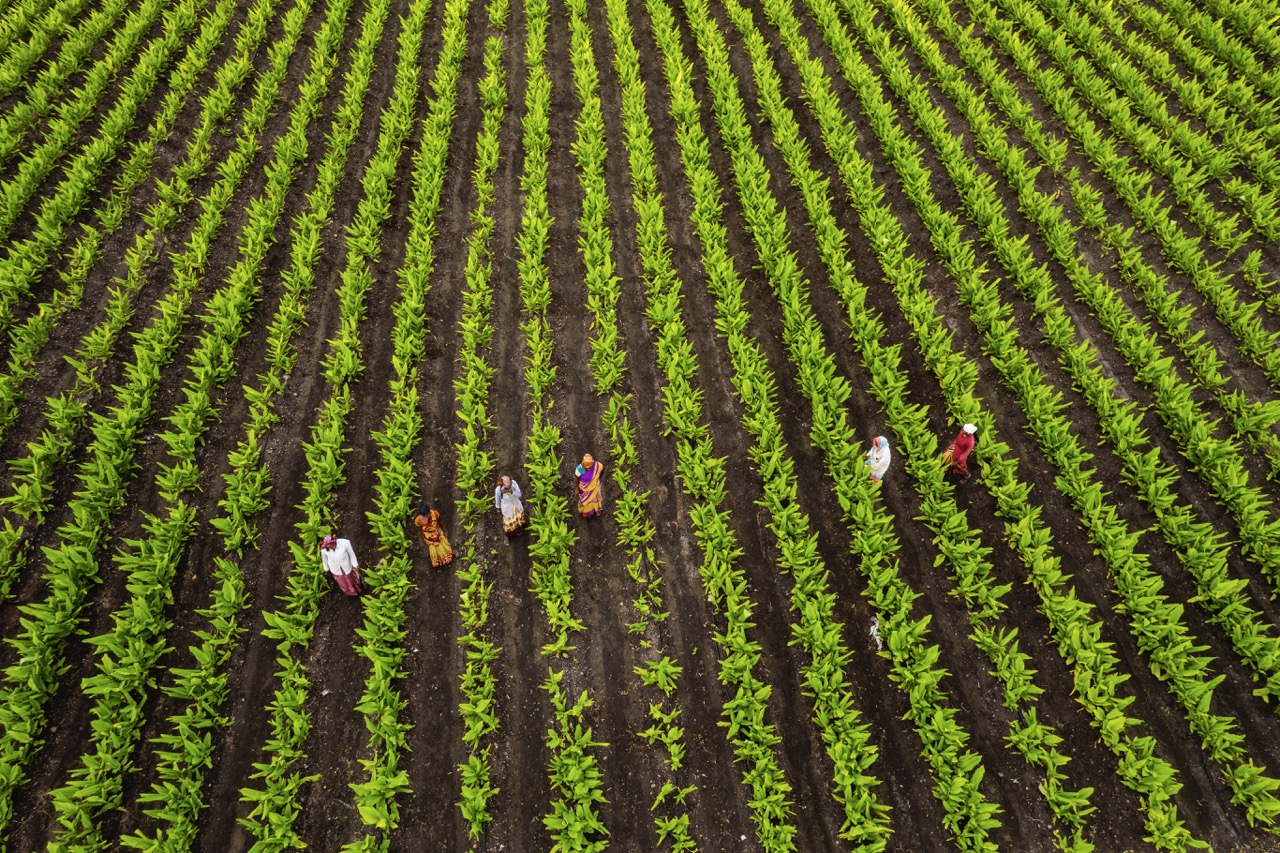Crop sharing is an innovative approach that fosters collaboration and resource sharing within communities. This practice not only enhances food security but also promotes sustainable agricultural methods and strengthens social ties among residents. As communities face the challenges of urbanization and climate change, encouraging crop sharing can be a transformative strategy. This article delves into the benefits of crop sharing, methods to engage community members, guidelines for establishing successful programs, and ways to foster sustainability through shared resources.
Understanding the Benefits of Crop Sharing for Locals
Crop sharing presents numerous advantages for communities, from economic savings to environmental sustainability. By pooling resources, community members can reduce individual costs related to seeds, tools, and land maintenance. This collaborative spirit encourages a sense of ownership and responsibility among participants, making local food systems more resilient. Moreover, by sharing crops, residents can enjoy a diverse array of produce that may not have been possible through individual gardening efforts.
In addition to financial benefits, crop sharing cultivates social connections. This shared initiative encourages neighbors to engage with one another, fostering friendships and a sense of community belonging. Such relationships can lead to collaborative problem-solving and mutual support during challenging times, creating a robust social network that can be relied upon. This aspect of crop sharing not only improves the quality of life for participants but also enhances the overall community spirit.
Lastly, crop sharing can play a vital role in promoting sustainable agricultural practices. By sharing knowledge and resources, community members can implement eco-friendly farming techniques that reduce environmental impacts and enhance biodiversity. This collective effort can lead to healthier ecosystems, improved soil quality, and greater resilience to climate change, ultimately benefiting not just the participants but the entire community.
Creating Awareness: Engaging Community Members Effectively
To successfully encourage crop sharing, it is essential to raise awareness within the community. This can be achieved through workshops, informational sessions, and local events that highlight the benefits of crop sharing. Engaging community leaders and local influencers can further amplify these efforts, as their endorsement can inspire trust and interest in the initiative. Utilizing social media platforms and neighborhood groups can also enhance outreach, ensuring that the message reaches a broader audience.
Another effective strategy is to showcase successful examples of crop sharing within and beyond the community. By highlighting stories of neighbors who have benefited from collaborative gardening efforts, potential participants can envision the tangible rewards of such a program. Organizing farm tours or open houses where locals can witness crop sharing in action can spark enthusiasm and motivate individuals to get involved.
Creating an inclusive environment is paramount when engaging community members. Ensuring that all voices are heard and that diverse groups—including different age brackets, cultural backgrounds, and socioeconomic statuses—are represented will foster a sense of belonging. By addressing concerns and questions openly, community organizers can build trust and encourage participation, ultimately leading to a more successful crop-sharing initiative.
Establishing Guidelines for Successful Crop Sharing Programs
For a crop sharing program to thrive, clear guidelines must be established from the outset. These guidelines should encompass participation criteria, roles and responsibilities of members, and expectations regarding crop maintenance and harvesting. By outlining these aspects, community members can enter into the arrangement with a clear understanding of their commitments, minimizing potential conflicts.
Another important element of the guidelines is the establishment of a communication framework. Frequent check-ins, updates, and feedback mechanisms can enhance collaboration and address any issues that may arise. Establishing designated communication channels, whether through online platforms or regular meetings, can ensure that all participants are aligned and engaged throughout the growing season.
Additionally, it is beneficial to incorporate flexibility into the guidelines, allowing the program to adapt as it evolves. As community needs change, so too may the dynamics of crop sharing. Being open to revising agreements and incorporating feedback will help sustain enthusiasm and participation, ultimately leading to a more resilient and fruitful crop-sharing initiative.
Fostering Sustainable Practices Through Shared Resources
To enhance the sustainability of crop sharing, community members should consider integrating practices that prioritize the environment. Utilizing organic gardening methods and permaculture principles can significantly reduce the ecological footprint of shared crops. Educating participants on these sustainable practices ensures that all members are on the same page and understand the importance of caring for the land.
Moreover, sharing resources such as tools, compost, and water can alleviate individual burdens while promoting a culture of sustainability. Establishing a communal tool library or composting system encourages resourcefulness and reduces waste. This collaborative approach not only makes gardening more accessible but also reinforces the community’s commitment to environmental stewardship.
Lastly, monitoring and evaluating the ecological impacts of crop sharing initiatives can help communities identify areas for improvement. By tracking plant diversity, soil health, and local wildlife interactions, participants can gain valuable insights into the efficacy of their practices. This ongoing assessment fosters a culture of continuous learning and adaptation, ensuring that the crop-sharing program not only thrives today but also lays the groundwork for a sustainable future.
In conclusion, encouraging crop sharing within communities offers a multitude of benefits, from economic savings and social cohesion to environmental sustainability. By understanding these advantages, engaging community members effectively, establishing clear guidelines, and fostering sustainable practices, communities can cultivate a vibrant culture of cooperation and resilience. As we confront pressing global challenges, such as food insecurity and climate change, the power of collective action through initiatives like crop sharing can pave the way for a healthier and more sustainable future for all.










